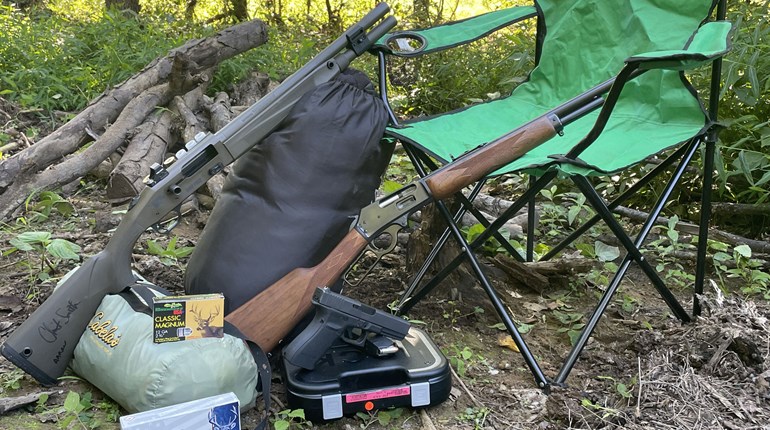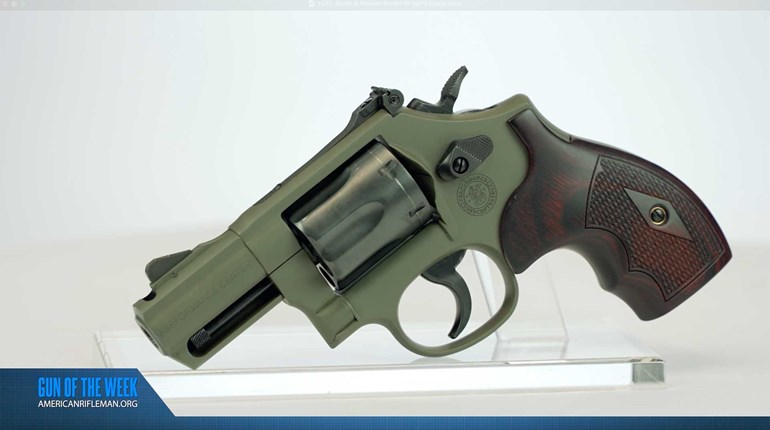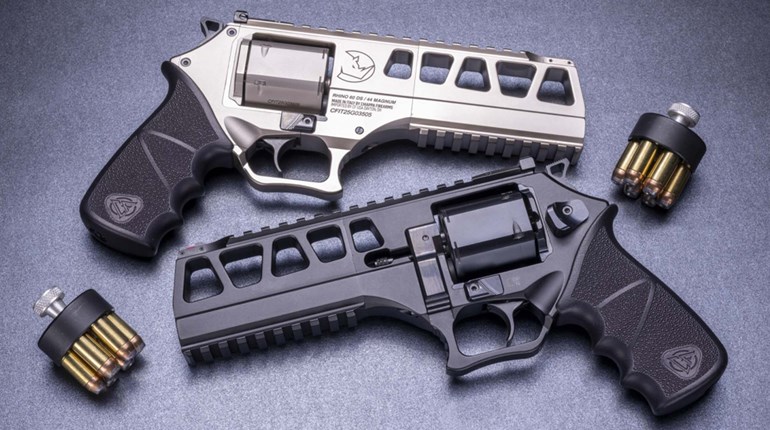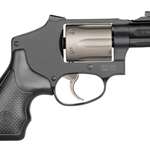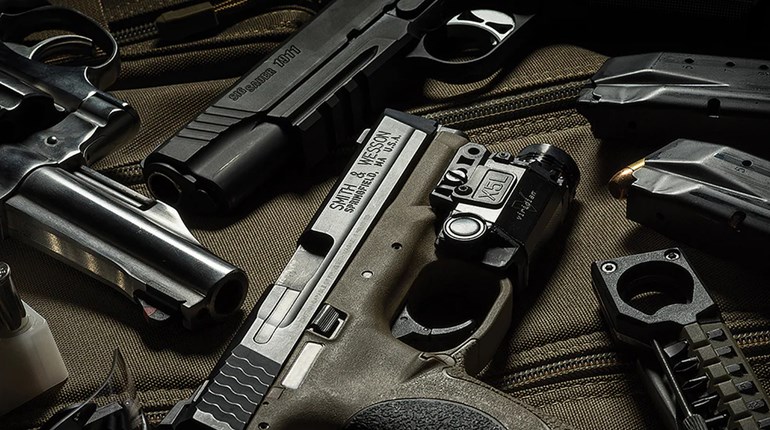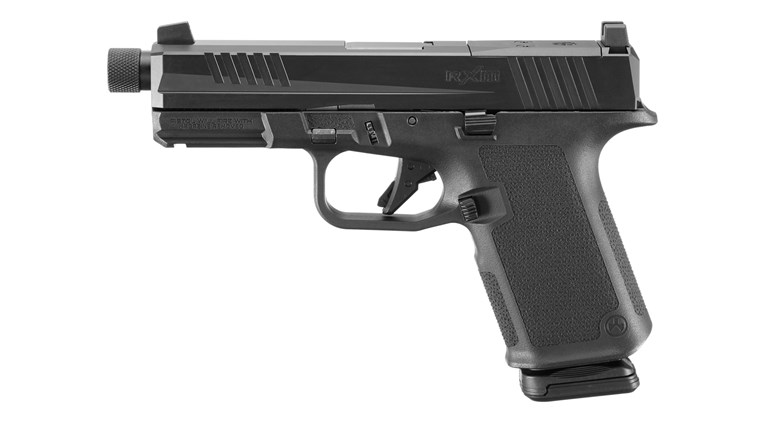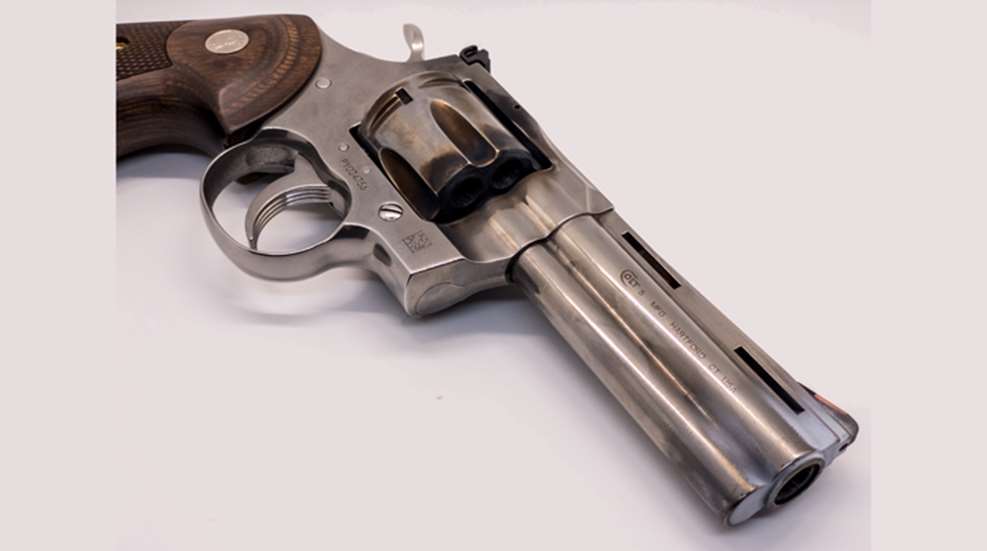
There's a bit of mystique to running a gun through the 2,000-round challenge. Made popular by firearms trainer Todd Green (RIP), the 2,000-round challenge consisted of taking a common semi-automatic pistol, and firing 2,000 rounds over the course of a few weeks in training.
The idea behind the challenge was because the military's standard for failure rate on the M9 was 1 in 2,000 rounds without cleaning or additional lubrication. A quality pistol, therefore, should be able to replicate that. Revolvers tend to not fare well on the 2,000 round challenge, because not cleaning a revolver can result in stoppages, usually from crud under the ejector. In part one of this series, I took a new Colt Python to 1,000 rounds without cleaning. Did it make it to 2000 rounds?
In Part 1 of the test, I had fired 284 rounds of .38 Spl. +P, 260 rounds of .357 Mag., and 456 rounds of standard pressure .38 Spl. through the Colt Python. The next 1,001 rounds consisted of 310 rounds of 38 Spl. +P, 90 rounds of .357 Mag., and 601 rounds of standard pressure .38 Special 130 grain FMJ. That brings the final total to 594 rounds of .38 Spl. +P, 350 rounds of .357 Mag., and 1,057 rounds of standard pressure .38 Spl. While the initial plan had been for 500/500 of .38 Spl. +P and .357 Mag., the ongoing ammunition shortage made the available supply of .357 Mag. disappear into thin air during the test.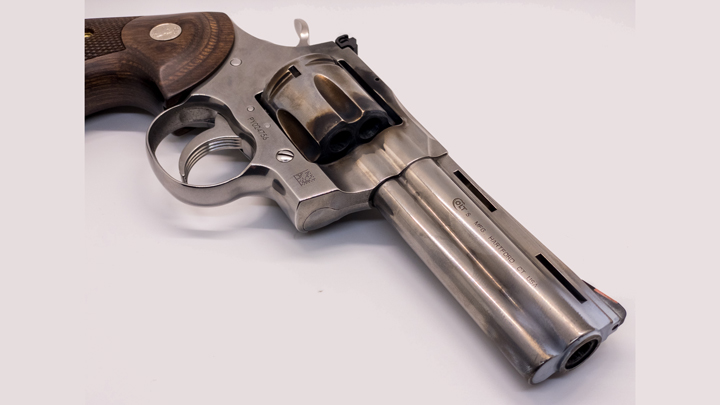
A little known fact about revolvers is that the power of the ammo is only part of what wears them out. Everyone knows to not slam the crane shut on a wheelgun, but did you know that fast double action firing (or dry firing) can also accelerate wear and send revolvers out of time? In fact, chasing fast splits (the time between shots) has probably killed more DA revolvers than all the hot magnums in the world.
During rapid dry- and live-fire, the entirely mechanical action of a revolver has parts coming in and out of contact with each other at higher speeds than "normal" operation. To put this in an easy to understand perspective, you'll wear a car out a lot faster by accelerating to 100 mph and then stopping to zero over and over than you would cruising at 60 mph on the highway.
What does this have to do with our Colt, though? Part of this is the reputation older Colt revolvers have for going out of time, and whether the new Colt fixes this. The Colt action is different from a S&W or Ruger, in that the hand/pawl (depending on what you want to call it) takes the majority of the wear during double action firing. If you have a Colt, when you dry fire the revolver and hold the trigger to the rear, there should be zero rotational movement in the cylinder. S&W and Rugers will both have some movement in this condition, which is acceptable. In a Colt it isn't, and if there is movement that means that the hand needs to be replaced.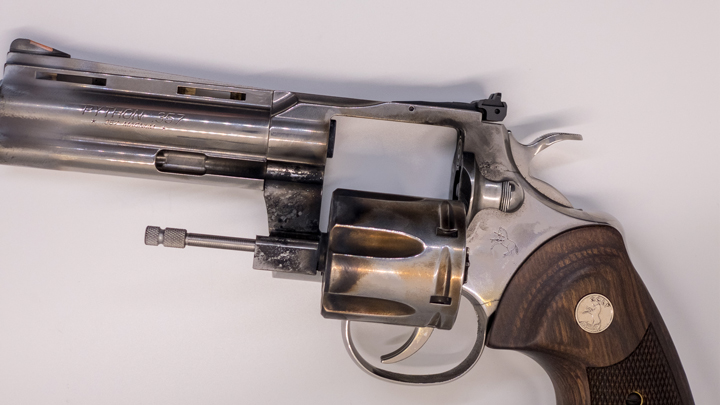
In Colt revolvers using older manufacturing techniques, if the hand wasn't perfectly fitted and heat treated, it could and would frequently wear faster than expected. This would send revolvers out of time after, according to some apocryphal reports, mere hundreds of rounds. How does the new Python fix this? Modern manufacturing techniques. As we mentioned in part I above, the original Pythons were hand fitted because CNC machines that could hold a thousandth inch of tolerance didn't exist. Now they do, and those manufacturing refinements mean that the small parts that failed on the original Python due to inconsistencies are now consistent, and reliable.
How consistent? Let's talk tolerances after 2,000 rounds. Before testing, I measured the gap between the cylinder and forcing cone with a feeler gauge. A 0.004-inch thick gauge passed through the gap, but a 0.005 wouldn't. After 2,000 rounds the 0.004 gauge still passed, and the 0.005 still wouldn't. I have a revolver from another company's "Custom Shop" which has half the round count and the cylinder gap from the factory is 0.008 inches, double that of the Colt. Similarly, the hand was measured with calipers before and after the test, and showed exactly zero dimensional wear after 2,000 rounds. The cylinder lock-up is still as tight as a vault door, and the Python still shoots better groups than all my other revolvers, save one.
By now you've probably figured out that I like this gun, which is true. However, it's not perfect. As I mentioned at the end of part I, I'm wasn't the biggest fan of the trigger surface, and that's still true. I would much prefer a smooth trigger face, especially after 2,001 rounds through the gun. I also don't like the shape of the grips. They tend to roll the gun up in the hand, which is nice if you're shooting one handed single action, but a little annoying when you're trying to rip fast double action shots.
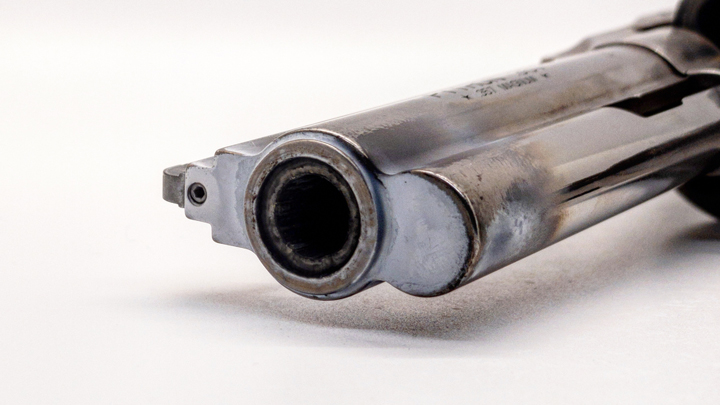
Which, speaking of shooting fast, I am not a fan of the sights. The rear sight is fine, but a gun like this deserves better than a pedestrian red ramp front sight. This gun should have, in my opinion, a patridge front sight with a gold bead. The red ramp is adequate, but it could be better. The only other gripe I have is the lack of good speedloaders for the Python. Right now all that's available are HKS twist knob loaders and Safariland Comp-IIs. Those were fine in the Python's heyday, but it's 2021 and it would be nice if we could get some Speed Beez for the Python.
Now we come to the most important question: is the new Python better than the old gun? If you care about durability, ease of maintenance, and reliability, yes it is. If you care about deep blue finishes on a gun that's going to live in a safe and only handled with white gloves? No. But to me, the new Python is just about perfect. Yes, it's more expensive than other medium-framed revolvers on the market. But it's also better out of the box than those guns. My final thoughts on the Python are simple: I'm a shooter, and so is this gun.












